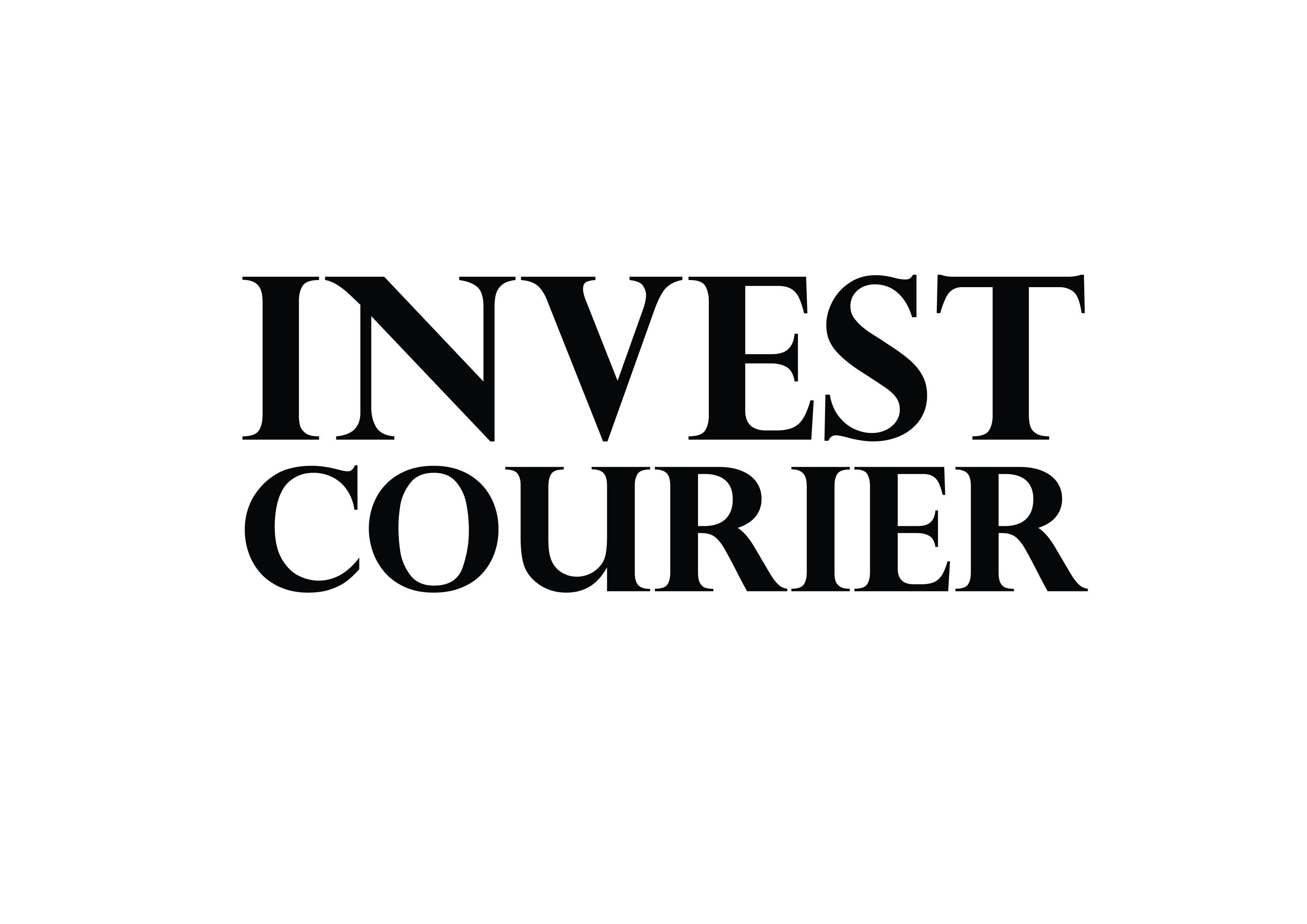Modern finance has evolved, offering alternatives to traditional banking. P2P lending stands out as a popular choice for many. This method connects borrowers directly with lenders, bypassing banks. It’s a system built on trust and collaboration.
In the U.S., over 126 million people use P2P lending platforms. This growth reflects a shift in how people approach credit and loans. Many prefer the flexibility and accessibility it offers compared to traditional options.
Rooted in microlending, this model has ties to social activism. It empowers individuals to support one another financially. With 84% of consumers trying these platforms, it’s clear they’ve gained widespread acceptance.
Younger generations, often called “freeformers,” are driving this change. They value decentralized finance and the freedom it provides. Web technologies have made it easier for lenders and borrowers to connect seamlessly.
Curious about how interest rates on personal loans compare? P2P lending often offers competitive rates, making it an attractive option for many.
Introduction to Peer-to-Peer Lending
Direct lending between individuals is transforming the financial landscape. P2P lending allows people to borrow and lend money without involving traditional institutions like banks. This model connects borrowers directly with investors, creating a more personal and efficient system.
Its roots trace back to the 2008 financial crisis, which sparked widespread distrust in banks. People began seeking alternatives, and P2P lending emerged as a viable solution. Inspired by microlending practices in developing nations, it combines financial freedom with a sense of community.
Technology plays a key role in its success. Web platforms and mobile apps make it easy for lenders and borrowers to connect. You can see who you’re lending to, adding a social component that traditional banking lacks. It’s similar to eBay’s model, where middlemen are removed for a more direct experience.
Major players like Prosper and Lending Club have paved the way for this industry. Loans are often used for personal needs or business ventures, offering flexibility that appeals to many. If you’re curious about how this compares to traditional options, explore the rise of P2P lending platforms.
How Peer-to-Peer Lending Works
Technology has made it easier to connect borrowers with investors. Platforms act as intermediaries, handling tasks like vetting, payments, and compliance. This ensures a smooth experience for both parties.
When you apply for a loan, the platform reviews your credit score and financial history. Borrowers are categorized by risk level, which helps lenders make informed decisions. This process is quick and transparent.
Funding can happen in two ways. Some platforms use an auction-style model, where lenders bid on loans. Others automatically spread investments across multiple borrowers to reduce risk.
Platforms earn revenue through fees. Borrowers typically pay around 8%, while lenders may face a 1% annual fee. These costs are often lower than traditional bank loan origination fees.
Lending Club, valued at $5.4 billion post-IPO, is a prime example of market leadership. Contracts are executed via e-signatures, making the entire process efficient and paperless.
The Pros of Peer-to-Peer Lending
P2P lending offers unique benefits for both lenders and borrowers. This financial model provides flexibility, efficiency, and opportunities that traditional systems often lack. Let’s explore the key advantages that make it a popular choice.
Higher Returns for Lenders
For investors, P2P lending can deliver impressive returns. On average, lenders earn 4-7% annually, compared to just 0.5% from CDs. This makes it an attractive option for those seeking better yields.
Default rates are typically low, around 2-3%, which helps mitigate risk. By diversifying investments across multiple borrowers, lenders can further reduce potential losses.
Lower Interest Rates for Borrowers
Borrowers with good credit often enjoy lower interest rates than traditional banks offer. This makes P2P lending a cost-effective solution for personal loans or business needs.
Approval rates are higher too. While only 22% of SMEs secure bank loans, P2P platforms provide easier access to funding. This inclusivity benefits many who might otherwise struggle to secure financing.
Community and Social Benefits
One of the most rewarding aspects is the sense of community. Lenders can fund specific projects, knowing their money directly supports individuals or causes they care about.
Many platforms also offer environmental or social impact lending options. This allows investors to contribute to meaningful initiatives while earning returns.
“P2P lending isn’t just about money—it’s about making a difference.”
Community forums on these platforms foster connections, creating a shared sense of purpose among users.
The Cons of Peer-to-Peer Lending
While P2P lending has its perks, it’s not without challenges. Understanding the potential disadvantages helps you make informed decisions. Let’s dive into the key concerns you should consider before participating in this financial model.

Risk of Default
One of the biggest risks is the possibility of borrowers defaulting on their loans. Unlike traditional institutions, P2P loans are often unsecured. This means there’s no collateral to recover if a borrower fails to repay.
Even with a good credit score, defaults can happen. Diversifying your investments across multiple borrowers can help mitigate this risk. However, it’s still something to keep in mind.
Lack of Government Insurance
Another concern is the absence of FDIC insurance. Traditional bank deposits are protected, but P2P investments aren’t. If a platform shuts down or a borrower defaults, you could lose your money.
This lack of protection is a significant disadvantage for investors. Always research the platform’s track record and security measures before committing your funds.
Complexity and Time Investment
P2P lending requires effort and time. You’ll need to research borrowers, analyze their profiles, and monitor your investments. Unlike traditional banking, there’s no one-size-fits-all approach.
Additionally, tax reporting on interest earned can be complex. Platforms may provide forms, but it’s your responsibility to ensure accuracy. Cybersecurity risks also add another layer of concern, as online transactions can be vulnerable to attacks.
“Investing in P2P lending isn’t just about returns—it’s about managing risks and staying informed.”
Comparing P2P Lending to Traditional Banking
Banks are no longer the only option for securing loans. P2P lending has emerged as a flexible alternative, offering unique advantages over traditional institutions. Let’s explore how these two models stack up.
Approval timelines differ significantly. While banks can take weeks to process loans, P2P platforms often approve applications in days. This speed is a game-changer for business owners needing quick funding.
Documentation requirements are another area of contrast. Traditional banks may ask for up to 32 data points from SMEs. P2P platforms, on the other hand, streamline the process with fewer demands, making it easier for borrowers to qualify.
Interest rates also vary. Prime borrowers often find lower rates on P2P platforms compared to banks. This cost-effectiveness makes it an attractive option for many.
Accessibility is a key advantage. P2P lending offers 24/7 access, unlike institutions limited by business hours. This inclusivity benefits unbanked populations, providing opportunities they might not otherwise have.
Customer service models differ too. Banks rely on branches and call centers, while P2P platforms use digital tools for support. This modern approach aligns with the preferences of younger generations.
Regulatory oversight is another factor. Banks are heavily regulated, ensuring safety but adding complexity. P2P platforms operate under different rules, balancing flexibility with consumer protection.
“A $10k loan through a bank might cost $1,200 in fees, while P2P lending could cut that by half.”
This case study highlights the cost savings possible with P2P lending. Whether you’re a borrower or investor, understanding these differences helps you make informed decisions.
How to Choose the Right P2P Lending Platform
With so many options available, choosing a platform requires careful consideration. Your decision impacts everything from returns to risk management. Here’s how to navigate the process effectively.

Factors to Consider
Start by evaluating the platform’s track record. Established names like Lending Club and Prosper have handled billions in loans, offering reliability. Look for features like KYC/AML integrations and risk assessment tools to ensure security.
Next, review the fees structure. Some platforms charge origination or annual fees, which can eat into your returns. Transparency is key—avoid platforms with hidden costs.
Mobile app functionality is another important factor. A user-friendly app makes it easier to manage your investments or loan application on the go. Platforms with secondary markets also provide flexibility, allowing you to sell loans if needed.
Popular P2P Platforms in the U.S.
Lending Club is a leader in the industry, having processed over $15 billion in loans since 2007. Its diversification tools let you spread investments across multiple risk tiers, reducing potential losses.
Prosper stands out for its borrower-lender communication feature. This adds a personal touch, letting you connect directly with those you’re funding. Upstart, on the other hand, uses AI to assess credit score and risk, offering a modern approach to lending.
When comparing platforms, consider their tax documentation services. Some provide detailed reports, simplifying your tax filing process. This can save you time and effort in the long run.
“The right platform doesn’t just offer returns—it provides peace of mind.”
By focusing on these factors, you can find a platform that aligns with your financial goals. Whether you’re a borrower or investor, making an informed choice ensures a smoother experience.
Future Trends in Peer-to-Peer Lending
The financial landscape is shifting rapidly, with P2P lending leading the charge. This industry is expanding globally, now operating in over 15 countries. By 2025, it’s projected to reach a $1 trillion market value. This growth reflects its increasing role in modern finance.
Technology is driving many of these changes. AI is improving risk assessment, making it easier for companies to evaluate borrowers. Blockchain integration is also on the horizon, promising enhanced security and transparency. These innovations could reshape how investors and borrowers interact.
Institutional participation is another key trend. Large companies are entering the space, bringing more capital and credibility. However, regulatory uncertainty remains. Potential SEC rules could impact how platforms operate, adding complexity to the industry.
Sustainability is gaining traction too. Green lending initiatives allow investors to fund eco-friendly projects. Fractional ownership is another innovation, enabling smaller contributions to larger loans. Mobile-first platforms are also evolving, making it easier to manage investments on the go.
“The future of P2P lending isn’t just about growth—it’s about innovation and inclusivity.”
As this industry evolves, staying informed is crucial. Whether you’re an investor or borrower, understanding these trends helps you navigate the changing landscape with confidence.
Conclusion
Exploring P2P lending can open doors to new financial opportunities. With a 3:1 return/risk ratio, it’s a compelling option for investors seeking higher yields. However, success depends on thorough platform due diligence. Start small to test the waters and minimize potential losses.
This model is gaining mainstream acceptance, blending well with traditional assets for a balanced portfolio. Remember, loans on these platforms aren’t government-insured, so uninsured risks remain a concern.
Ready to dive in? Compare top platforms to find one that aligns with your goals. Combining P2P lending with other financial strategies can help you achieve long-term success.


